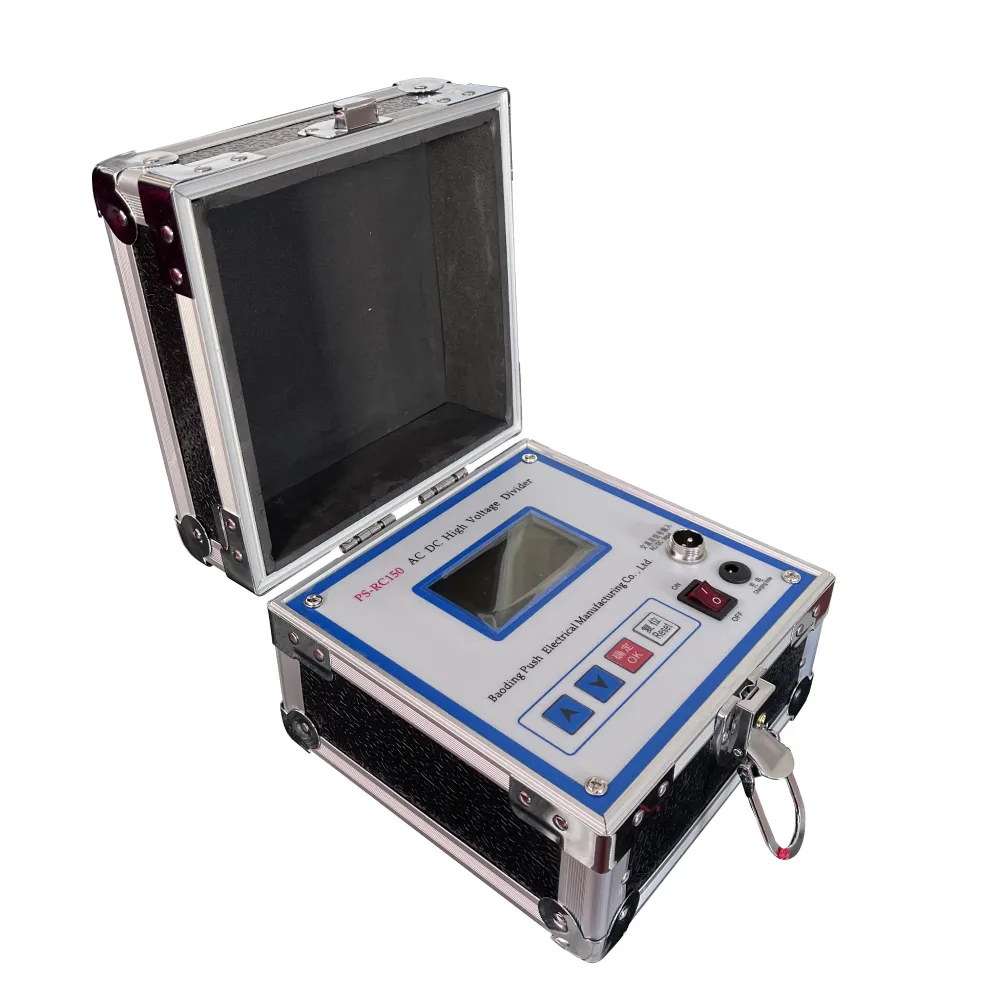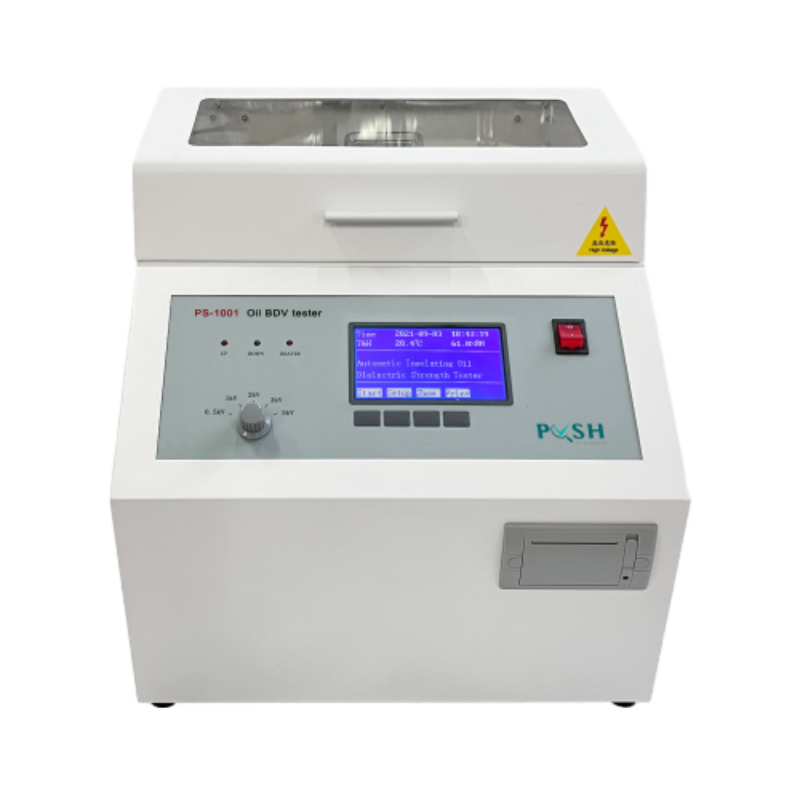TEL:
+86-0312-3189593
 English
English

Telephone:0312-3189593

Email:sales@oil-tester.com

-
 Afrikaans
Afrikaans -
 Albanian
Albanian -
 Amharic
Amharic -
 Arabic
Arabic -
 Armenian
Armenian -
 Azerbaijani
Azerbaijani -
 Basque
Basque -
 Belarusian
Belarusian -
 Bengali
Bengali -
 Bosnian
Bosnian -
 Bulgarian
Bulgarian -
 Catalan
Catalan -
 Cebuano
Cebuano -
 China
China -
 China (Taiwan)
China (Taiwan) -
 Corsican
Corsican -
 Croatian
Croatian -
 Czech
Czech -
 Danish
Danish -
 Dutch
Dutch -
 English
English -
 Esperanto
Esperanto -
 Estonian
Estonian -
 Finnish
Finnish -
 French
French -
 Frisian
Frisian -
 Galician
Galician -
 Georgian
Georgian -
 German
German -
 Greek
Greek -
 Gujarati
Gujarati -
 Haitian Creole
Haitian Creole -
 hausa
hausa -
 hawaiian
hawaiian -
 Hebrew
Hebrew -
 Hindi
Hindi -
 Miao
Miao -
 Hungarian
Hungarian -
 Icelandic
Icelandic -
 igbo
igbo -
 Indonesian
Indonesian -
 irish
irish -
 Italian
Italian -
 Japanese
Japanese -
 Javanese
Javanese -
 Kannada
Kannada -
 kazakh
kazakh -
 Khmer
Khmer -
 Rwandese
Rwandese -
 Korean
Korean -
 Kurdish
Kurdish -
 Kyrgyz
Kyrgyz -
 Lao
Lao -
 Latin
Latin -
 Latvian
Latvian -
 Lithuanian
Lithuanian -
 Luxembourgish
Luxembourgish -
 Macedonian
Macedonian -
 Malgashi
Malgashi -
 Malay
Malay -
 Malayalam
Malayalam -
 Maltese
Maltese -
 Maori
Maori -
 Marathi
Marathi -
 Mongolian
Mongolian -
 Myanmar
Myanmar -
 Nepali
Nepali -
 Norwegian
Norwegian -
 Norwegian
Norwegian -
 Occitan
Occitan -
 Pashto
Pashto -
 Persian
Persian -
 Polish
Polish -
 Portuguese
Portuguese -
 Punjabi
Punjabi -
 Romanian
Romanian -
 Russian
Russian -
 Samoan
Samoan -
 Scottish Gaelic
Scottish Gaelic -
 Serbian
Serbian -
 Sesotho
Sesotho -
 Shona
Shona -
 Sindhi
Sindhi -
 Sinhala
Sinhala -
 Slovak
Slovak -
 Slovenian
Slovenian -
 Somali
Somali -
 Spanish
Spanish -
 Sundanese
Sundanese -
 Swahili
Swahili -
 Swedish
Swedish -
 Tagalog
Tagalog -
 Tajik
Tajik -
 Tamil
Tamil -
 Tatar
Tatar -
 Telugu
Telugu -
 Thai
Thai -
 Turkish
Turkish -
 Turkmen
Turkmen -
 Ukrainian
Ukrainian -
 Urdu
Urdu -
 Uighur
Uighur -
 Uzbek
Uzbek -
 Vietnamese
Vietnamese -
 Welsh
Welsh -
 Bantu
Bantu -
 Yiddish
Yiddish -
 Yoruba
Yoruba -
 Zulu
Zulu
mar . 04, 2025 11:04
Back to list
PS-DCA10 DC resistance tester
In the competitive realm of solar energy, ensuring the efficiency and longevity of photovoltaic (PV) systems is paramount. Among the critical aspects that often go unnoticed is the role of PV insulation resistance in safeguarding the performance and safety of these systems. This article delves into the intricacies of PV insulation resistance, offering practical insights, expert knowledge, and a touch of authoritative analysis to guide both consumers and professionals toward informed decisions.
From an authoritative standpoint, standards such as the IEC 62446 and IEEE 1547 guide the testing and maintenance protocols for PV insulation resistance. These standards ensure that PV systems meet global safety and efficiency benchmarks. Professionals operating in this space are encouraged to comply with these standards to assure end-users of reliability and safety. Trustworthiness in PV systems is significantly influenced by how manufacturers address insulation issues. Warranties and certifications play a crucial role here. Trust-oriented companies often provide extended warranties and engage in third-party certification processes to verify their insulation resistance claims. This transparency builds consumer confidence and distinguishes reputable brands from others in the market. In summary, acknowledging and addressing PV insulation resistance is not merely a technical requirement; it is a cornerstone of sustainable solar energy utilization. By prioritizing regular testing, adopting cutting-edge materials, adhering to international standards, and offering transparent warranty policies, both manufacturers and consumers can realize tangible benefits. These practices not only promise enhanced system efficiency but also promote wider adoption of solar energy, contributing to a greener and more sustainable future.


From an authoritative standpoint, standards such as the IEC 62446 and IEEE 1547 guide the testing and maintenance protocols for PV insulation resistance. These standards ensure that PV systems meet global safety and efficiency benchmarks. Professionals operating in this space are encouraged to comply with these standards to assure end-users of reliability and safety. Trustworthiness in PV systems is significantly influenced by how manufacturers address insulation issues. Warranties and certifications play a crucial role here. Trust-oriented companies often provide extended warranties and engage in third-party certification processes to verify their insulation resistance claims. This transparency builds consumer confidence and distinguishes reputable brands from others in the market. In summary, acknowledging and addressing PV insulation resistance is not merely a technical requirement; it is a cornerstone of sustainable solar energy utilization. By prioritizing regular testing, adopting cutting-edge materials, adhering to international standards, and offering transparent warranty policies, both manufacturers and consumers can realize tangible benefits. These practices not only promise enhanced system efficiency but also promote wider adoption of solar energy, contributing to a greener and more sustainable future.
Previous:
Latest news
-
Using Distillation Range Testers in the Food and Beverage IndustryNewsApr.16,2025
-
The Impact of IoT on Distillation Range Tester PerformanceNewsApr.16,2025
-
The Best Distillation Range Testers for Extreme ConditionsNewsApr.16,2025
-
How Distillation Range Testers Save Time and MoneyNewsApr.16,2025
-
Distillation Devices for Advanced Separation TechniquesNewsApr.16,2025
-
Common Mistakes to Avoid When Using a Distillation Range TesterNewsApr.16,2025



